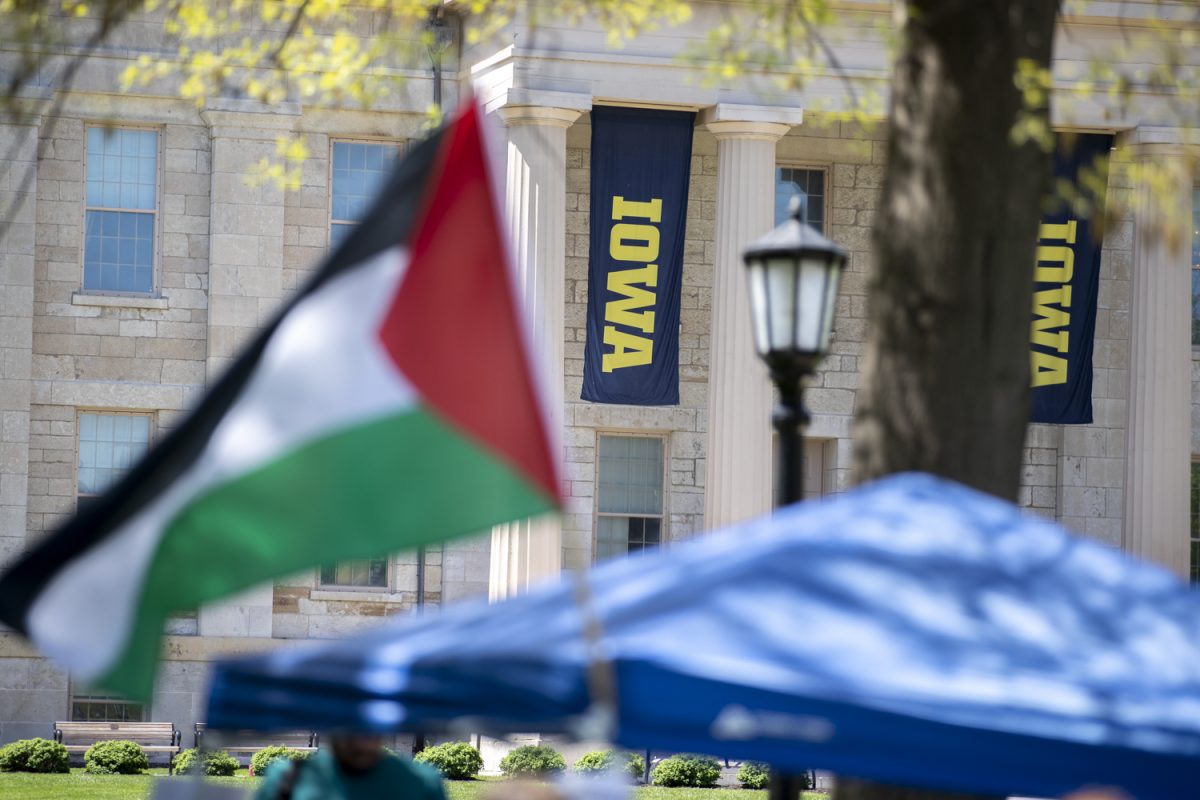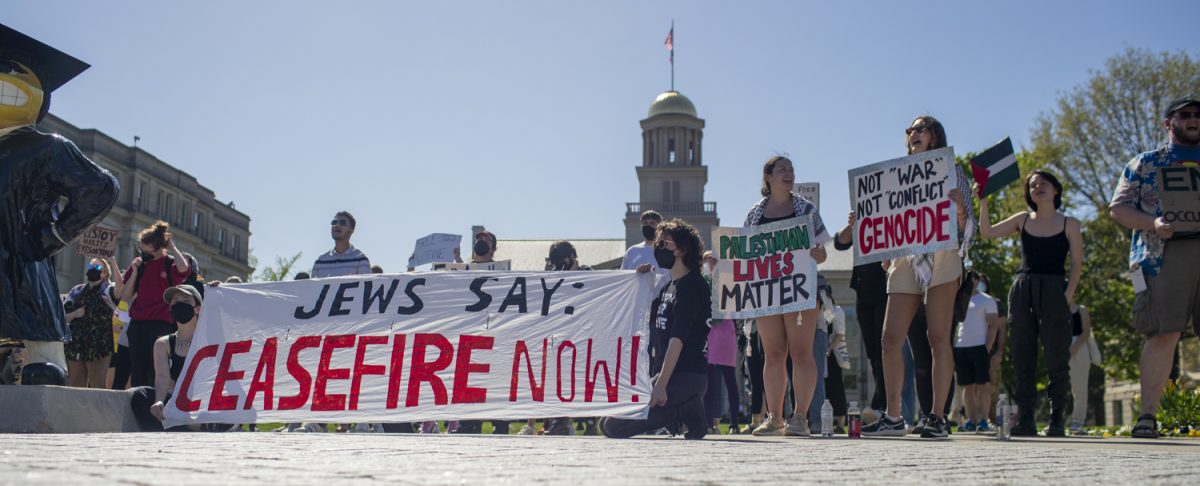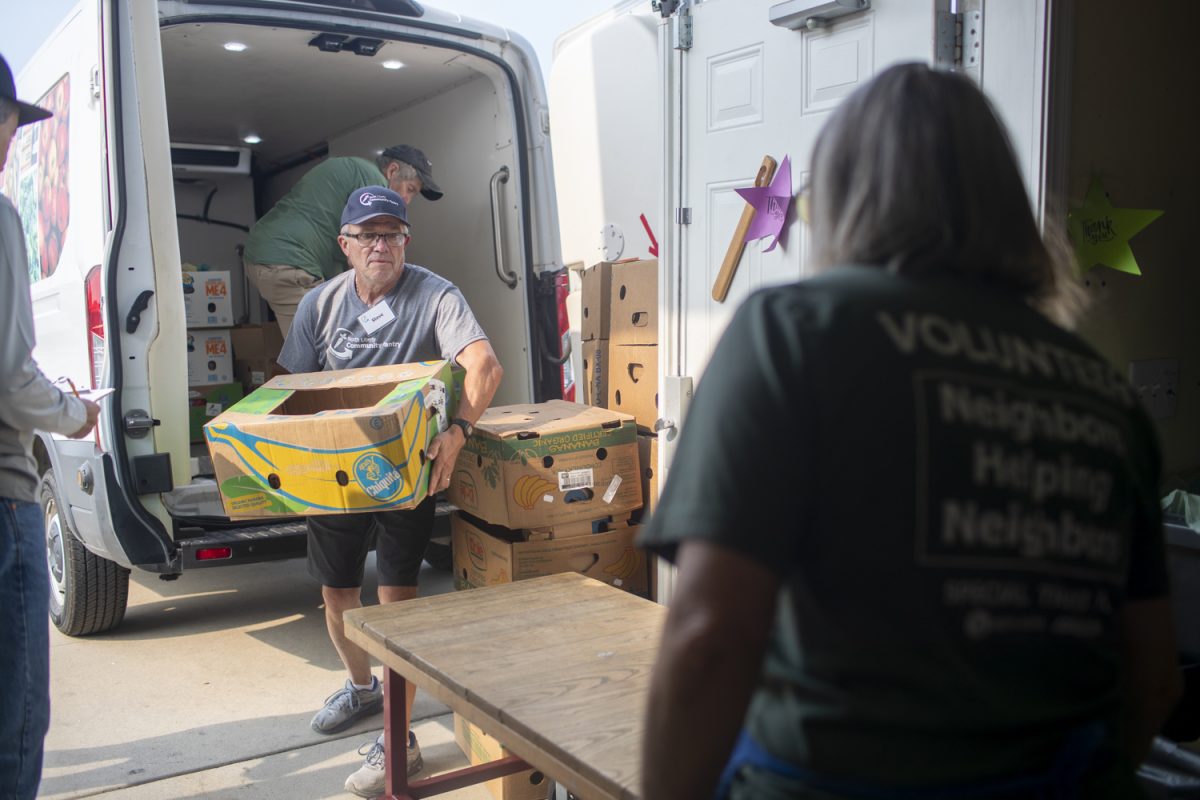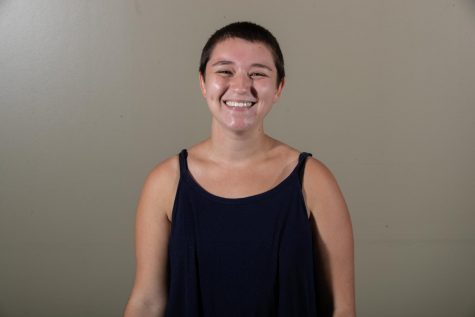By Brooklyn Draisey
Playing in the sandbox with a group of astrophysics students could produce some surprisingly educational results.
University of Iowa students have created an augmented-reality sandbox, dubbed Gravbox, to help explain how gravity affects objects when they travel through a certain environment. The environment is created with the sand, then a computer program projects a particle moving through that environment to show how gravity will affect it.
UI Assistant Professor Hai Fu first presented the idea to the 10 students in his Introduction to Astrophysics class in the fall of 2016. Fu had been awarded a $405,011 grant from the National Science Foundation to research gravitational dynamics on a galactic scale, and the class project became a part of that research.
“It’s very atypical of what you usually see in everyday physics and astronomy courses,” UI junior Zach Luppen said. “I haven’t played with sand since I was 5.”
Other schools have created augmented-reality sandboxes in the past for geographical interpretations, UI senior Mason Reed said. The University of California-Davis created one to stimulate water flow in an environment, and the UI group used this idea and adapted it to an astrophysical context. From there, they split into three teams to work on the interface, software, and hardware.
The students worked on the Gravbox over the course of the school year, and then Reed and Jacob Isbell, another senior who worked on the software, kept at it over the summer. They finished in December 2017, just a short time before Isbell presented on it to the American Astronomical Society in Washington on Jan. 11.
“After the two semesters of the actual astrophysics class were up, that’s when we decided to stay on and really hammer out the rest of it and really just try to flesh everything out to where we imagined it could be,” Reed said.
Now that the Gravbox is finished, the students plan on sharing it with others. The project is not patented, and the software and other information is available on a website made by Reed, so other groups can try to do what they did.
“Essentially, we want all of this to be open source, so anyone can go to our website, download it, look at the hardware, the specifications they need, then they can go and try to build their own,” Reed said. “They can use our baseline model and see what they can do with it, be creative, and build their own.”
Before the Gravbox, demonstrations of gravity were tedious to set up and less interesting to see, Isbell said.
“Before this, our best other demonstration was taking a rubber sheet and placing a bowling ball in the middle, and then rolling Ping-Pong balls around that, so this is a huge step forward,” he said.
Though nothing is planned yet, Luppen said, one of the goals behind the Gravbox is to use it to teach people about gravity. The group would like to do demonstrations at local schools and children’s museums to help younger people grasp gravity in a more hands-on way.
“You can’t just explain equations to little kids, so the sandbox is sort of a way to bridge the gap between the professional field and the younger audience in order to learn some of these basic ideas,” Luppen said.












